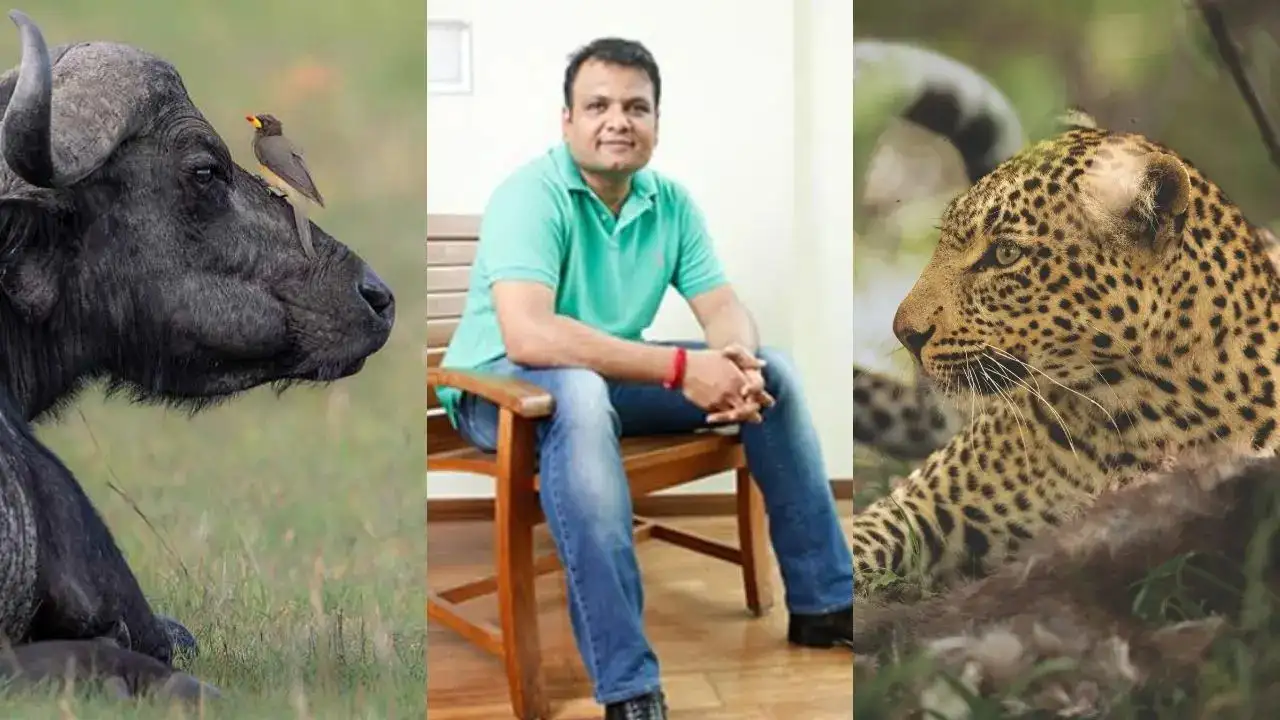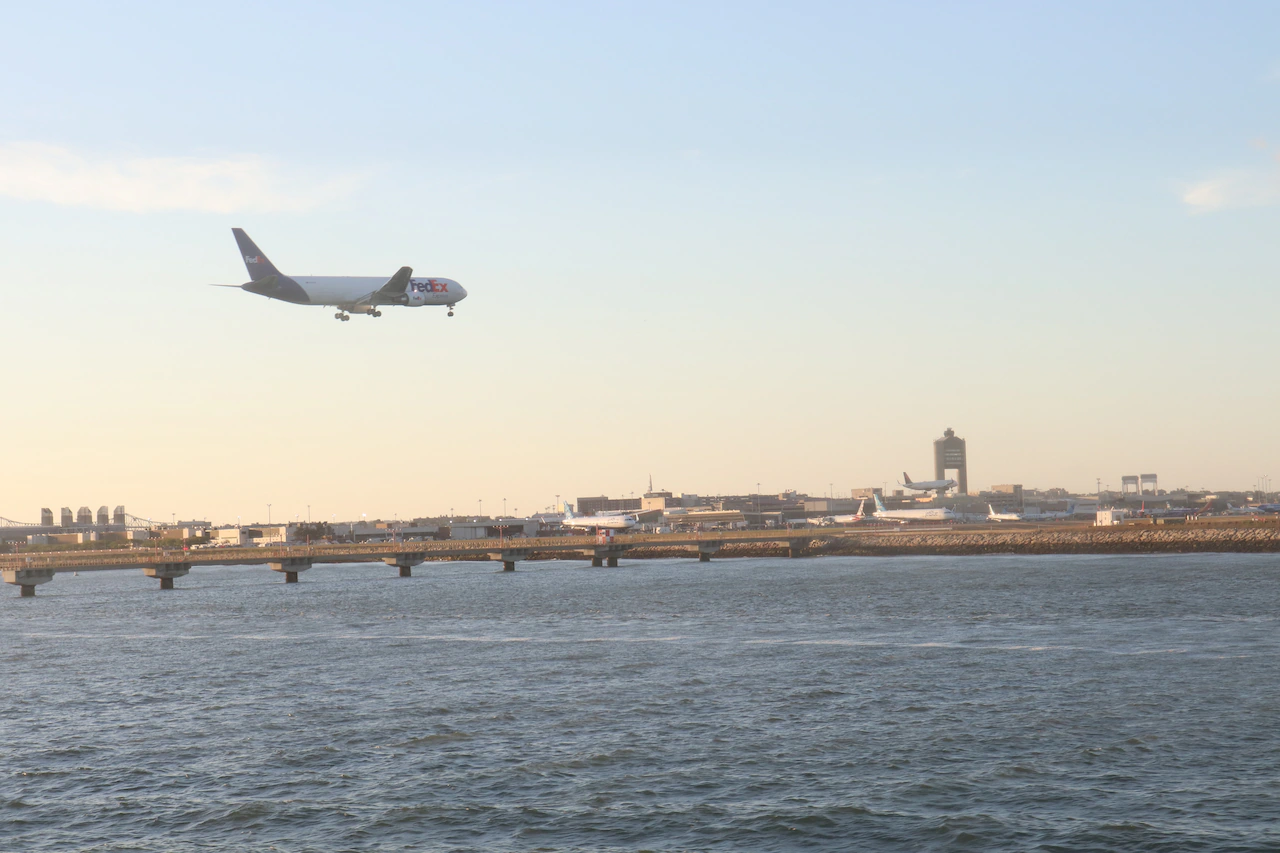“Africa Is My Cradle Of Peace And Passion”: Wildlife Photographer Manish Mundra On Discovering The Continent’s Wild Side Through His Lens
By Mallika Bhagat
Copyright timesnownews

Manish Mundra wears many hats – entrepreneur, philanthropist, film producer, with his name behind titles like Ankhon Dekhi, Masaan, and Newton. But the hat he wears while speaking to us is one that is most tender, and in his words, closest to what he never assumed he’d become – a wildlife photographer and author. As someone who has now spent years in Africa, the continent has carved a special place in his heart. And his latest project, a coffee table book titled ‘Africa Through My Lens’, brings together wildlife photographs captured over a decade of travel across the continent. In this conversation, Mundra talks about how photography changed him, why Africa continues to draw him back, and the one dream he is still chasing. How did the idea of the book begin? From filmmaking to publishing a wildlife photography book, what was the journey like for you? I’ve been living in Africa for over 20 years now, working in West Africa as the CEO of Indorama. But West Africa has no real wildlife. For years, I kept hearing about the Masai Mara, Serengeti, Uganda, Botswana, the places where wildlife truly thrives. It took me seven or eight years before I actually started going. The first trip was as a tourist—I carried a camera but I was really just soaking in the experience. I was mesmerised by the density of animals, the vast savanna grasslands, the easy visibility. You could see giraffes, elephants, gazelles, zebras in huge numbers, and even lion prides. That’s where I felt: if I have to do wildlife photography, this is the place. Since then, for almost a decade now, I’ve been going to Masai Mara and Serengeti every six or seven months with my camera. Africa has been my home on the western side for work, but on the eastern side, it is my cradle of peace and passion. What does it really take to transition from being a tourist to a photographer?To be honest, the first year, I was excited to click even a zebra or a giraffe. The wildlife is so unlike anywhere else. But now, I don’t even pick up the camera unless there’s something special happening. I wait for the right frame, the right light, or a story at the moment. Earlier, just sighting a lion pride was thrilling. Now, I want action, maybe a chase, a kill, cubs playing, or a mother with her cubs in the early sunlight. That’s what excites me now. You evolve. You start looking for better angles, better action, better stories. Are there places in East Africa that you’ve grown especially fond of?Every place is incredible so it is hard to pick one. But if I had to, one is Amboseli, where you can photograph elephants and giraffes with Kilimanjaro in the backdrop. Then there’s the Ngorongoro Crater, a massive volcanic crater that now sustains its own wildlife like rhinos and lions! It’s like an entire sanctuary in itself. And of course, the endless savanna grasslands of the Serengeti. Sometimes you see just one tree standing tall across miles of grass, and that tree becomes the center of life. Leopards use it as their perch, animals rest under it. Every time I go back, it feels new. What does photography mean to you? How has it changed you as a traveller? For me, it’s a way to disconnect from this chaotic world. Those five or seven days with just me, my camera, and the wild make life peaceful. Even if I take hundreds of shots, and get just five or six good photographs, it makes my day. I also love to travel, and photography has taken me all over the world, right from South America, Costa Rica to the Amazon and Europe. I’ve photographed almost 500 species of birds. My dream is to one day publish a book dedicated only to birds. Photography has also changed me as a person. I used to be very impatient. Wildlife photography taught me patience and humility. You wait for hours, you carry heavy lenses, you keep your eyes fixed. If you miss the moment, you miss it forever. I believe Nature humbles you, and that has helped me a lot in life. Now I’m more patient, even with people, so that helps (laughs). Is there a story from your travels in Africa that stands out? Nature is so unpredictable, yet it rewards you, just at the right moment. We were once trying to outrun the rain in Masai Mara but got stuck in the mud. For half an hour, I thought I’d have to spend the night there. The radios went unanswered and the clouds were getting darker, so I was incredibly worried. Then another vehicle came to pull us out and suddenly the clouds cleared. And surprisingly, the driver told us there was a lion mating nearby. We rushed there, and in that golden light, I captured almost 1,500 frames. Only a few have made it into the book, but I can’t explain how beautiful it was. From being scared about spending the night stranded inside a jungle to photographing lions in golden light, it all felt like destiny. You’ve photographed Africa extensively. How do you compare it with India’s national parks?In terms of biodiversity, India is far ahead. We have tigers, leopards, reptiles, birds, so much variety. The only issue is visibility. Our forests are dense, sightings are fewer, and when you do see something, there are too many vehicles crowding around. That spoils the frame. I’ve been to Kabini, Pench, Ranthambore, and I plan to go to Jawai soon. Ranthambore is special because of its landscape where you can even see tigers against the fort walls or by the lakes. But yes, India needs better regulation to balance tourism and conservation. And what’s still on your wildlife bucket list?One thing that I am yet to explore is glacier wildlife. I want to cover the route from Iceland to Greenland, to photograph polar bears, wolves, penguins, birds against the ice. I’ve been to Iceland for the northern lights but not for wildlife. My dream is to do a week-long ship expedition through the Arctic, just for that. I’ve also recently finished my first wildlife film in India, inspired by The Jungle Book. It took three years, shot across the country, capturing all the characters from the wild, all in real habitats. That’s another way I want to keep combining my love for wildlife and storytelling. Travel News – Find latest news and tips based on Indian and World travel including top 10 travel destination, tourism information, how to reach visit and more at Times Now.



